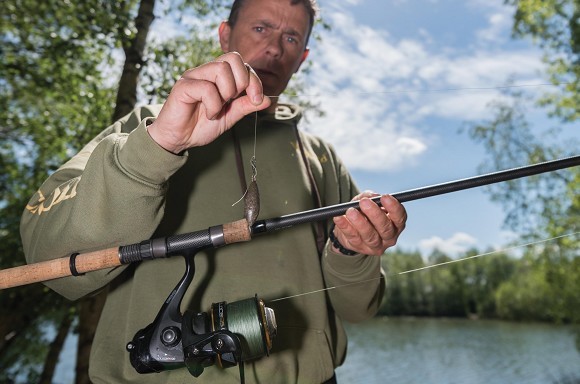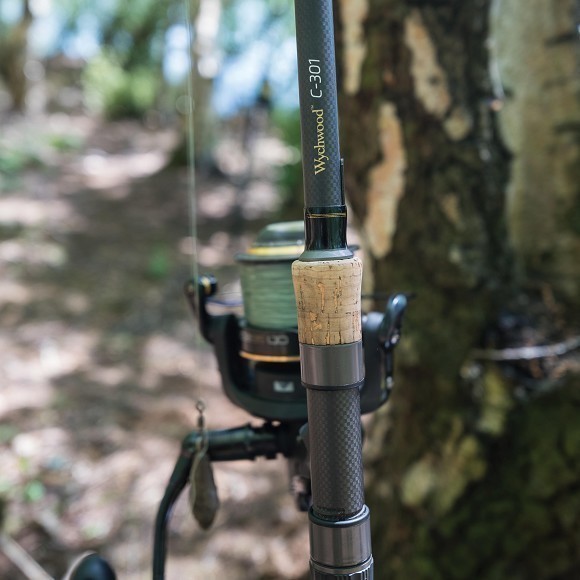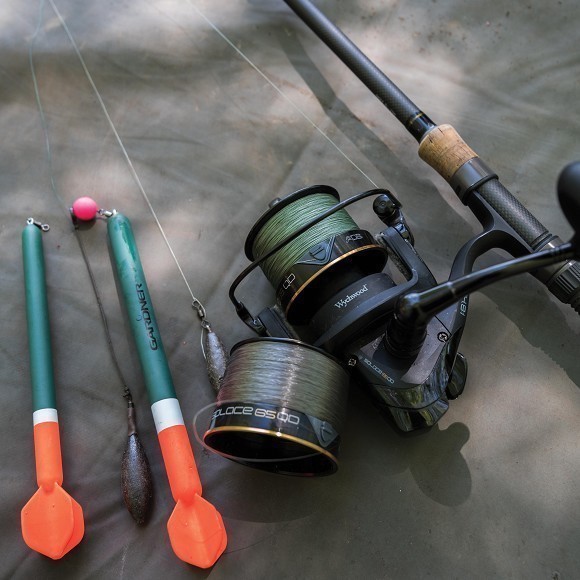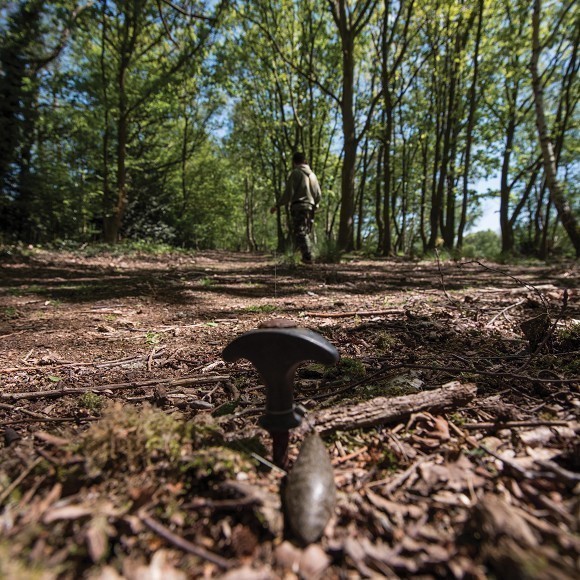
Feature-finding on weedy waters
Nigel Sharp's sure-fire tips to make feature-finding on weedy waters a damn sight easier
“Weedy waters generally mean big carp and I have fished some really weedy ones over the years, with The Road Lake being one that stands out in my mind. At times it was closer to a field than a lake!
“It can be a daunting prospect but with that much weed about, rather than relying on the marker rod, you will just need a good pair of polarised glasses. Climbing up a few trees makes it immediately apparent what areas are worth investigating further. Once you have a mental picture of where you want to be targeting I will make a few casts with a bare lead into these ‘holes’ and ideally I want to be able to get a drop on the lead and be able to drag it back a few feet before hitting the weed on the other side.
“Common sense does need to be used in situations like this, as it’s undoubtedly more difficult to land fish in these conditions. If you don’t think you will be able to land a fish from an area then don’t fish it!”
Sharp Edge #1
“I will always use an identical rod to my fishing rods as a marker; for me it is all about the feel of the drop. At times you can be looking for the most subtle of variations, so if you are swapping from a 3lb carp rod to a 5lb marker rod the feel is going to be totally different – the same applies to the size of lead!”
Sharp Edge #2
“If the weed is really bad and you can’t get a marker float to pop up, mono may be the only option. Obviously you don’t get the same feel as you would with braid but due to its slightly rough finish, braid will get caught up on the weed whereas mono will slide through it so I always carry both for my marker reel.”
Sharp Edge #3
“Accuracy is key when fishing to areas that are no more than a couple of feet in diameter. It is with this in mind that I won’t use distance sticks and opt to walk the lines out wherever possible. Walking out means I can accurately control the stretch in the line, which is a lot more difficult when wrapping around sticks.”







